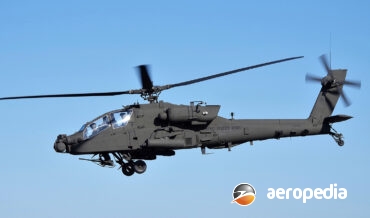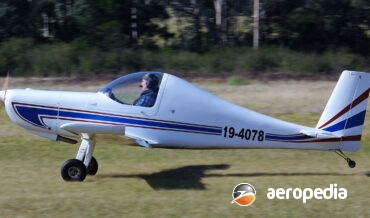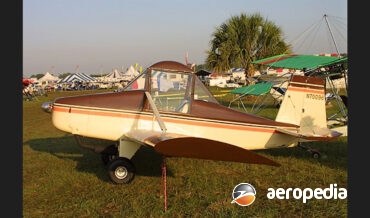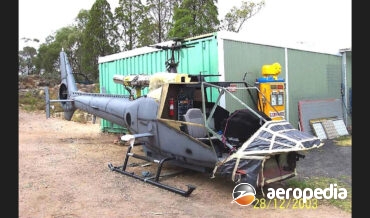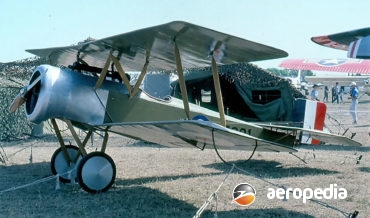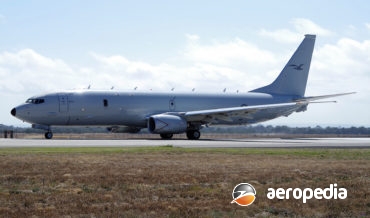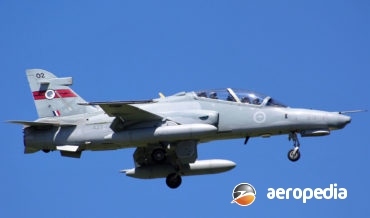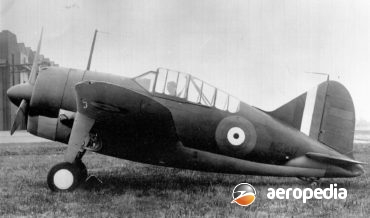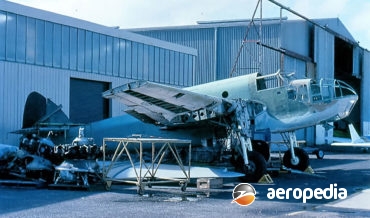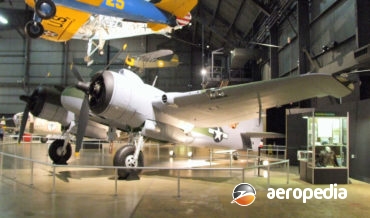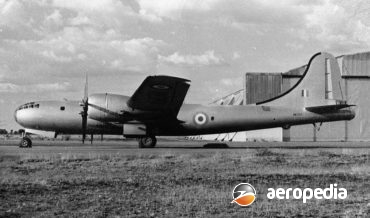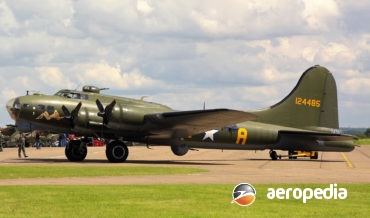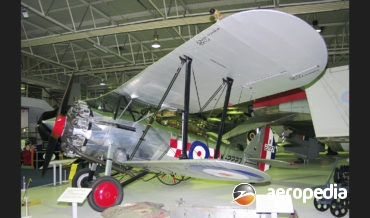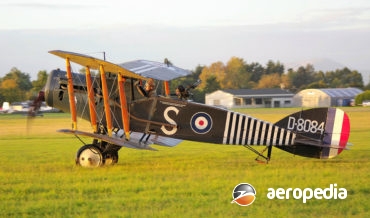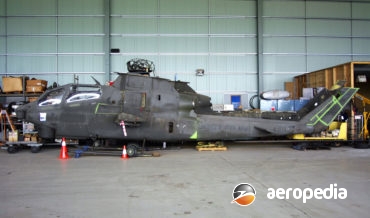All Contents
Contents
On 15 January 2021 to meet Project Land Requirement 4503 the Australian Government ordered 29 examples of the Boeing AH-64E Apache Guardian to replace the the troublesome Eurocopter Tiger attack helicopter with the Australian Army.
David C. Eyre
- March 2, 2021
The Nova is a single-seat low-wing all-composite high-performance light aircraft designed and built by Walter Szajnoha of Hazelbrook, NSW, being registered under ultra-light regulations as 19-4078.
David C. Eyre
- May 25, 2020
The Bennett Condor ZK-CON (c/n 001) was built basically along the lines of a CAB Minicab but using Jodel D-11 plans, this enabling the builder to meet New Zealand micro-light class weight restrictions.
David C. Eyre
- May 25, 2020
In the 1920s Robert Burton commenced construction of a light monoplane aircraft at Tempe, NSW in a shed, stating he was using parts from an Avro 504 he had obtained.
David C. Eyre
- May 25, 2020
Mr George Bellchambers, who lived in an Adelaide suburb, built a glider of his own design in about 1919 and an attempt was made to fly the aircraft at Wall Flat on the Murray River but this was not successful.
David C. Eyre
- May 25, 2020
The X6 was designed in New Zealand as a tandem, two-seat shoulder-wing high-performance sporting monoplane in the late 1970s and construction of a prototype commenced.
David C. Eyre
- May 25, 2020
This was one of a series of aircraft designed and built for the September 1909 Defence Department competition for the best and most suitable aeroplane for military purposes.
David C. Eyre
- May 25, 2020
The Wolff WRD-01 project was begun by Bryce Wolff in 1994, being a self designed and built aircraft originally aimed at registration as an ultra-light in the 95.10 category.
David C. Eyre
- May 25, 2020
This was an ultralight aircraft which, on 27 March 2002, was registered 19-3706 (c/n 231) with the RAA and was fitted with a Lycoming 0-320 engine. It was struck off the register on 12 July 2011.
David C. Eyre
- May 25, 2020
Very little is known about this aircraft but it seems it was placed on the RAA register on 8 November 2006 as 19-4806 (c/n H-20001) and remained on the register for two years, being withdrawn from use on 31 October 2008 and was removed from the register.
David C. Eyre
- May 25, 2020
One of a number of light aircraft designed by Gary Morgan. It was a development of the Cheetah but was heavily modified, having a new tail and elevator and an enlarged fin.
David C. Eyre
- May 25, 2020
The Supercat was a single-seat low wing monoplane marketed by Bowdler Aviation Inc of Beavercreek, Ohio.
David C. Eyre
- May 25, 2020
This glider was an American design of the late 1920s and one example was built from plans by AMSCo in Victoria in about 1928.
David C. Eyre
- May 25, 2020
The Bonnie was built by Mr Ronald Gower using an incomplete project commenced by L J R Jones. Powered by a converted Henderson motor-cycle engine, its first flight was scheduled to occur at Pyes Estate at Quakers Hill, west of Sydney, on 18 December 1932, but engine problems delayed the
David C. Eyre
- May 25, 2020
On 21 May 1914 Mr J E Bailey flew an aircraft of his own design and construction at Bacchus Marsh, Vic for the first time.
David C. Eyre
- May 25, 2020
Blue Thunder was a 1980s film made in the United States using a highly modified Aerospatiale Gazelle helicopter.
David C. Eyre
- May 25, 2020
This was a three -axis two-seat ultralight monoplane designed and built by Paul Badcock. It was of all metal construction with a fibreglass engine cowling and a tricycle undercarriage.
David C. Eyre
- May 25, 2020
This aircraft commenced life as a Micro Aviation B-22 Bantam but was modified to some extent by the owner/builder John Black of Ngaruawahia, NZ.
David C. Eyre
- May 25, 2020
The Swift was designed and built by Mr Walter Szajnoha of Hazelbrook, NSW and was completed and flown in 2004, being registered under RAA regulations as 19-3159.
David C. Eyre
- May 25, 2020
Following the cancellation of the A-12 Avenger II attack aircraft for the US Navy, and the decision by the US to not adapt the F-22 Raptor for carrier operations, it was decided to develop a new variant of the F/A-18 Hornet known as the Super Hornet, this being similar in
David C. Eyre
- May 19, 2019
The Bristol Scout was designed by Frank Barnwell, chief designer and engineer from 1915 to 1938 for the British & Colonial Aeroplane Company, being flown for the first time on 23 February 1914 by the Australia pilot, Harry Busteed.
David C. Eyre
- May 19, 2019
In 2007 Australia joined a multi-national programme to participate in the development of the new US Navy multi mission maritime aircraft, the replacement for the US Navy’s P-3 Orion fleet, thus expanding the Australian military’s opportunity to further develop intelligence, surveillance and reconnaissance in this part of the Pacific Ocean.
David C. Eyre
- May 19, 2019
In 1971 Hawker Siddeley and British Aerospace were selected to design and build the HS.1182 trainer for the RAF, and since then more than 700 examples have been supplied to many of the Worlds airforces in a variety of models.
David C. Eyre
- May 19, 2019
The Catalina was required in large numbers for anti-submarine patrols, bombing and reconnaissance duties, amongst other things, and the type was manufactured for the US Navy and other operators .
David C. Eyre
- May 19, 2019
In 1916 Breguet began the design of the Bre.14 series, the type entering production in March 1917 and continued to be produced in a variety of models up to 1928.
David C. Eyre
- May 19, 2019
In June 1955 the Bell Helicopter Company won a US Army contest to design a new utility helicopter.
David C. Eyre
- May 19, 2019
Commonly known as the Buffalo, the prototype Brewster Model 39, known as the XF2A-1 (Bu No 1451) fitted with a 634 kw (850-hp) Wright R-1820-34 Cyclone engine, flew for the first time on 2 December 1937.
David C. Eyre
- May 19, 2019
The Baffin was designed by Major F A Bumpus to meet a Royal Navy Fleet Air Arm requirement, and was built by the Blackburn Aircraft & Motor Co Ltd of Brough, in Yorkshire to succeed the company’s Ripon as the standard torpedo bomber with the FAA for operation from that
David C. Eyre
- May 19, 2019
In 1935 the British Air Ministry issued specifications for a torpedo bomber and general-reconnaissance/bomber and this led to the Bristol Beaufort, an initial contract for 78 aircraft being placed in August 1936, the prototype flying for the first time on 15 October 1938.
David C. Eyre
- May 19, 2019
Built in relatively small numbers, the Bv 141 reconnaissance aircraft was unusual in being of asymmetrical concept in that the pilot and crew were seated in a nacelle offset to starboard of a boom carrying the engine and tail assembly.
David C. Eyre
- May 19, 2019
The Bristol Type 156 Beaufighter was conceived basically as a fighter variant of the Beaufort bomber.
David C. Eyre
- May 19, 2019
The first aircraft to deliver a nuclear weapon in anger, the B-29 Superfortress has been credited by some with bringing the Pacific War to an end following the dropping of nuclear devices on the Japanese cities, Hiroshima and Nagasaki, these following the onslaught on Japanese cities in 1944 by USAF
David C. Eyre
- May 19, 2019
The Blenheim was built in large numbers for the Royal Air Force and bore the brunt of operations in France at the beginning of the war with the British Expeditionary Force until the French capitulation.
David C. Eyre
- May 19, 2019
One of the most famous bombers of all time, the B-17 Fortress (Boeing Model 299) was built in large numbers at a number of plants for the USAAF and saw widespread service throughout World War II in all theatres of operation.
David C. Eyre
- May 19, 2019
The Type 130 was designed by the Bristol Aeroplane Co Ltd to meet Air Ministry specification C.26/31 as a replacement for the Vickers Valentia and to meet a requirement of the RAF for a bomber able to carry 907 kw (2,000 lb) of bombs and having a crew of four;
David C. Eyre
- May 19, 2019
Although flown for the first time in prototype YB-52 form on 15 April 1952, and entering service with the 93rd Bomb Wing of Strategic Air Command at Castle Air Force Base in California in June 1952, the B-52, albeit in much modified form, remains in service with the USAF, and
David C. Eyre
- May 19, 2019
The Bulldog was designed to specification F.9/26 by Leslie Frise as a private venture.
David C. Eyre
- May 19, 2019
The Growler was designed as an aircraft-carrier based electronic warfare aircraft and is basically a specialized variant of the FA-18F Super Hornet and replaced the Grumman EA-6B Prowler in service with US Navy units.
David C. Eyre
- May 19, 2019
Known as the Brisfit, the Bristol Fighter was produced in large numbers during World War I as the F.2A and F.2B, some 5,308 examples being constructed with a variety of engines, including the Rolls Royce Falcon I, Falcon II, Falcon III, 112 kw (150-hp) Hispano Suiza, 149 kw (200-hp) Hispano
David C. Eyre
- May 19, 2019
The Bell Model 209 or AH-1 was a redesigned Iroquois with a gunner and pilot in tandem, a chin turret fitted with a 7.62 mm (0.30 in) Minigun, or 40 mm grenade launchers, and with stub wings carrying four weapons pylons.
David C. Eyre
- May 19, 2019
Recent Comments
Archives
Categories
- No categories
Categories
- No categories
Latest Posts
Newsletter

